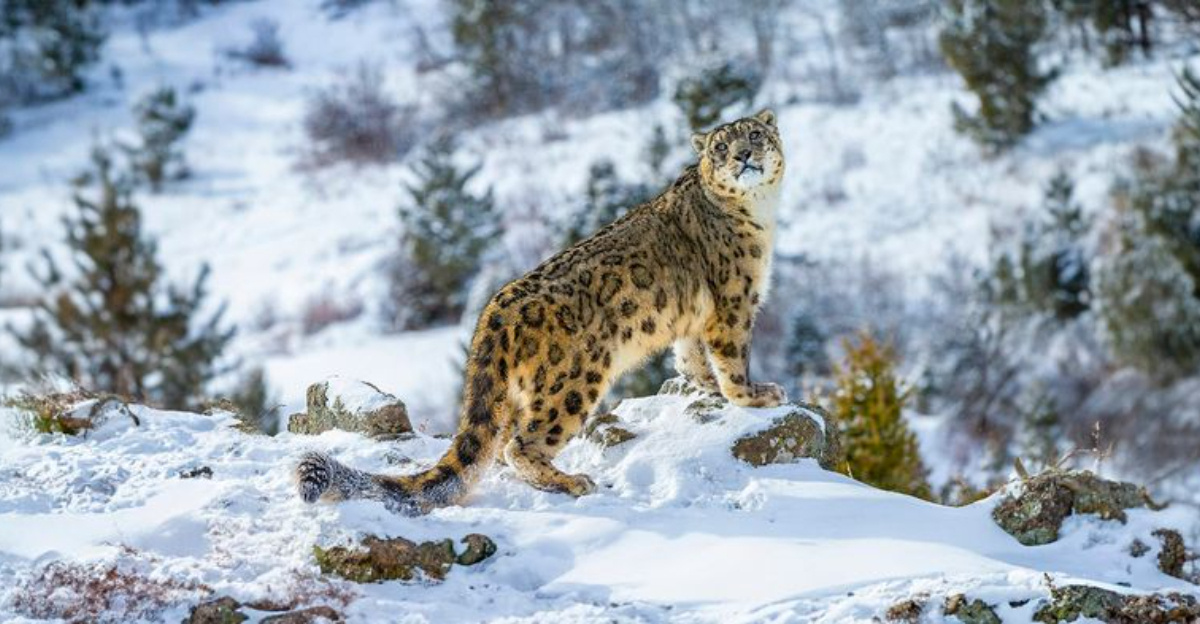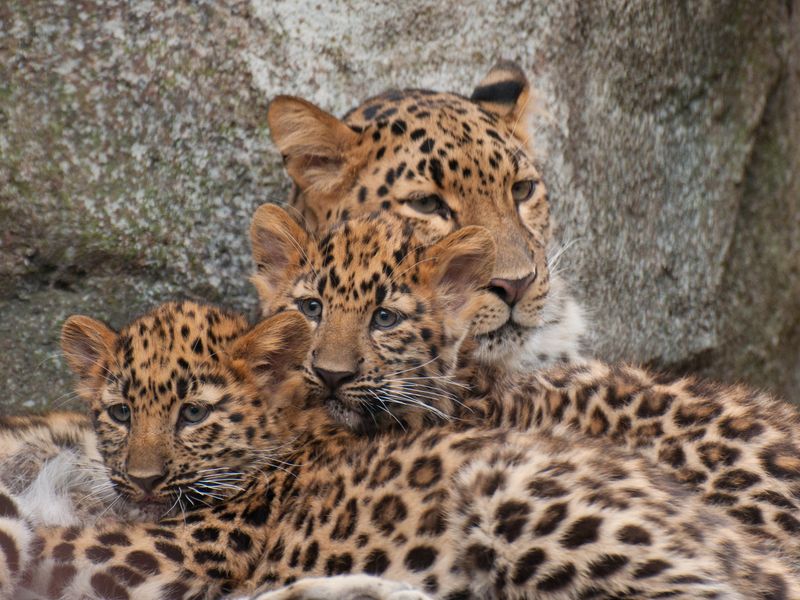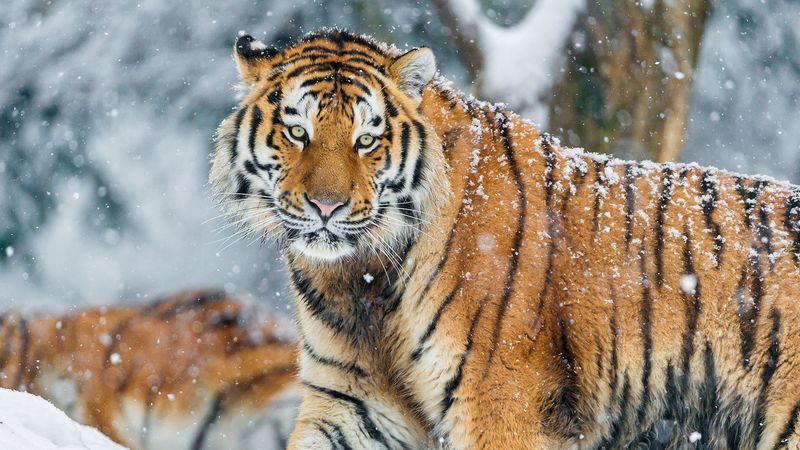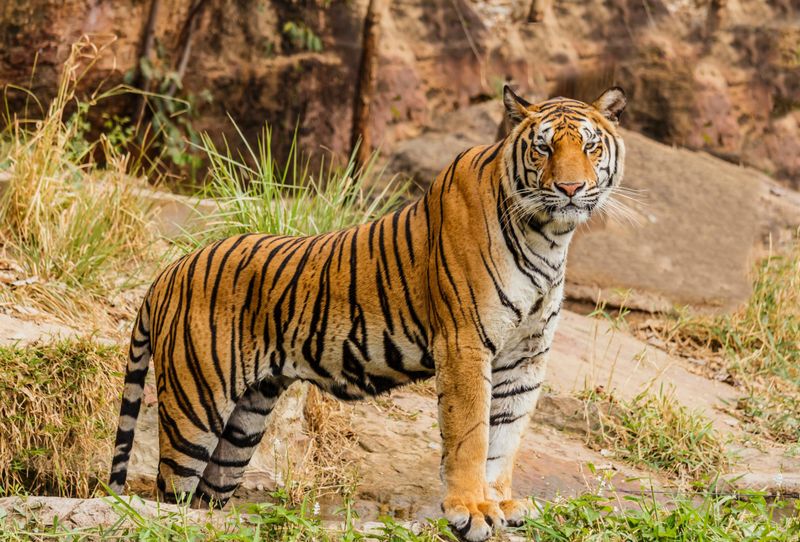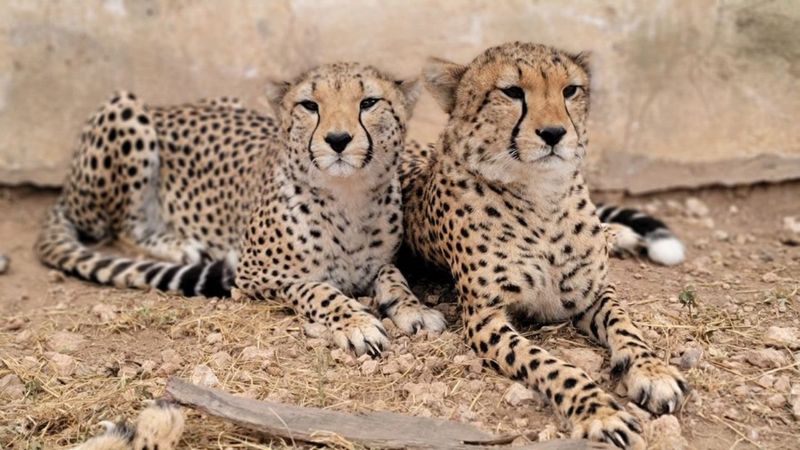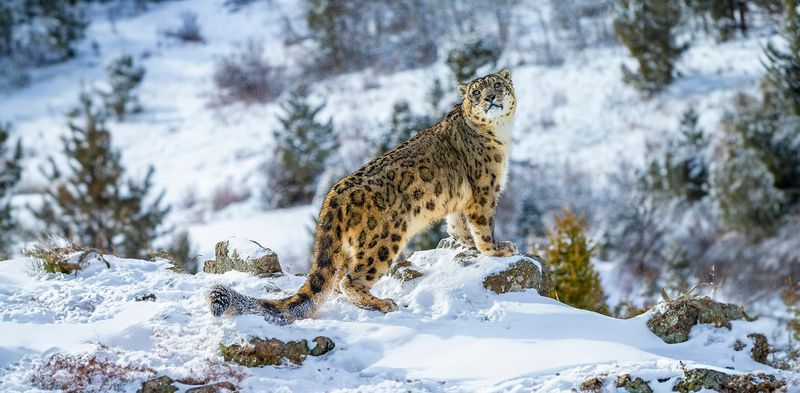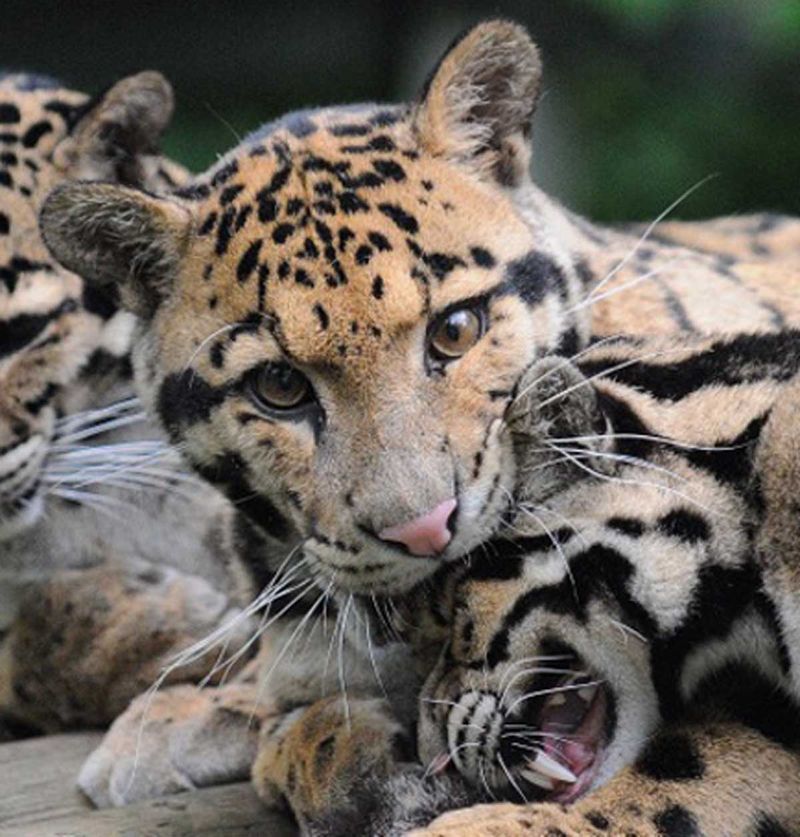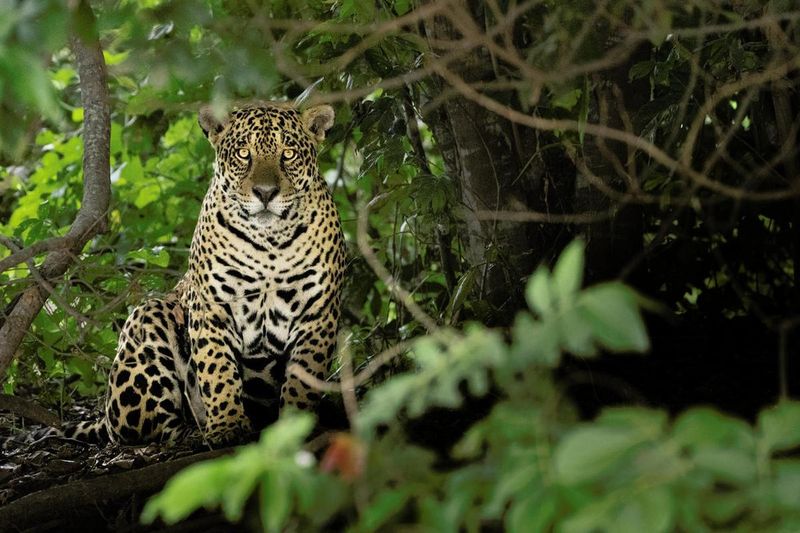📖 Table of Content:
Across the globe, big cats have long symbolized both raw power and majestic beauty, yet many species have been driven to the edge of extinction due to human activity. Habitat destruction, poaching, and human-wildlife conflict have left devastating marks on these apex predators, shrinking their numbers and fragmenting the ecosystems they once dominated. Conservationists, governments, and local communities, however, have rallied in recent years to reverse the tide of decline through science-driven strategies and passionate dedication.
These collaborative conservation efforts, ranging from strict anti-poaching laws to innovative community-based programs, have begun to yield promising results. In protected reserves, national parks, and even isolated forests, big cats that once hovered on the brink are showing signs of recovery. Through decades of work, conservationists have not only stabilized some populations but, in several cases, significantly increased them, allowing for a cautious sense of optimism.
This resurgence is not just about saving charismatic wildlife—it’s also about restoring balance to entire ecosystems where these predators play a critical role. Each species’ return marks a milestone for biodiversity, ecosystem health, and global cooperation. The stories of recovery that follow are proof that with time, funding, and unwavering commitment, even the most endangered creatures can stage a comeback.
1. Amur Leopard
Critically endangered just decades ago, the Amur leopard has defied the odds with a slow but steady population increase in its native Russian Far East. Conservationists took swift action by establishing protected areas such as the Land of the Leopard National Park, ensuring these rare cats had a safe haven to roam. Anti-poaching units, equipped with surveillance technology and backed by local enforcement, dramatically reduced illegal hunting in the region. As a result, wild numbers have climbed from around 30 individuals in the early 2000s to over 100 today. Captive breeding programs also play a vital role, with more than 200 Amur leopards now residing in carefully managed zoos and sanctuaries worldwide. These efforts collectively support a long-term vision of reintroducing captive-bred individuals into the wild, potentially expanding their territory across the Russian-Chinese border. The Amur leopard’s journey serves as one of the most inspiring tales of species survival against extreme odds.
2. Siberian (Amur) Tiger
Thriving in the icy wilderness of eastern Russia, the Siberian tiger has rebounded from alarmingly low numbers thanks to decades of targeted conservation work. Early in the 20th century, their population dwindled to just a few dozen due to rampant poaching and deforestation. Today, an estimated 400 to 700 Siberian tigers roam the forests of the Russian Far East, protected under rigorous laws and supported by government-backed anti-poaching squads. Innovative GPS tracking and camera traps have enhanced researchers’ ability to monitor individual tigers and study their movements. However, the success has not come without challenges, as shrinking prey populations and habitat encroachment still present serious threats. Communities are being encouraged to participate in conservation through education and conflict mitigation programs that minimize livestock losses. Russia’s commitment to these tigers has proven that even apex predators in cold, remote regions can benefit from well-funded, long-term conservation strategies.
3. Bengal Tiger
India’s emblematic big cat, the Bengal tiger, has become a flagship species for conservation success on a national scale. Government initiatives such as Project Tiger, launched in the 1970s, created a foundation for recovery through protected reserves and stringent anti-poaching laws. Over time, the tiger population in India has increased significantly, climbing from 2,226 in 2014 to more than 3,000 in recent years. The establishment of wildlife corridors between reserves has helped reduce genetic isolation and allowed for wider territory expansion. In addition to state-sponsored programs, non-profit organizations and local communities have contributed through eco-tourism initiatives and awareness campaigns. Technology like camera traps and satellite monitoring continues to improve population estimates and threat detection. The Bengal tiger’s revival stands as a testament to the potential of coordinated national conservation when given the proper resources and political will.
4. Cheetah
Among the fastest animals on Earth, the cheetah’s future has been anything but swift in securing safety, especially as its numbers plummeted to fewer than 7,000 worldwide. Conservationists have responded by focusing on both the root causes of population decline—illegal wildlife trade, habitat loss, and human-wildlife conflict—and the urgent need for sanctuary-based care. In places like Somaliland, the Cheetah Conservation Fund has created rehabilitation centers for cubs rescued from smugglers, providing veterinary care, nutrition, and space to grow. Each individual saved, such as the now-thriving cub Taylor Swift, becomes a symbol of what careful intervention can achieve. These sanctuaries also serve as educational hubs, raising awareness among local communities about the dangers of the illegal pet trade. Regional governments are beginning to partner with these organizations to enforce wildlife trafficking laws more aggressively. Though their numbers remain low, the cheetah’s resurgence may depend on expanding these partnerships and promoting regional cooperation.
5. Snow Leopard
Hidden high in the craggy peaks of the Himalayas and Central Asia, the elusive snow leopard has benefited from a combination of community involvement and sustainable tourism. For years, the species’ stealthy nature and extreme habitat made conservation efforts difficult to assess and implement. That changed as camera trap technology and local conservation groups began documenting individual cats in national parks like Hemis in India. Local communities were brought into the fold, receiving training and incentives to protect livestock without resorting to retaliation against snow leopards. Eco-tourism centered around snow leopard tracking now brings sustainable income to these areas, reinforcing the value of live animals over poached ones. With improved education and awareness, even historically skeptical residents have become advocates for snow leopard conservation. Their story underscores how cultural buy-in and modern technology can converge to protect an animal once thought nearly impossible to help.
6. Clouded Leopard
Born in the shadows of Southeast Asian forests, the clouded leopard remains one of the more mysterious big cats, yet recent captive births have shed hopeful light on its future. One such moment came with the birth of Mirri, Australia’s first clouded leopard cub, at Sydney’s Wild Cat Conservation Centre. This breakthrough reflects the success of global breeding programs designed to maintain genetic diversity and prepare individuals for eventual rewilding. In the wild, these cats are increasingly threatened by illegal logging, poaching, and fragmentation of forest habitats. Conservationists emphasize the need for interconnected reserves and cross-border habitat corridors, particularly in regions like Borneo and the Himalayas. By bringing more attention to the species, public interest and funding for clouded leopard conservation have grown. While still rare and shy, each successful birth in captivity strengthens the prospects for their survival.
7. Jaguar
Winding its way through forests from Mexico to Argentina, the jaguar’s path to recovery hinges on connectivity—both ecological and collaborative. The Jaguar Corridor Initiative, spearheaded by Panthera and other conservation groups, is re-linking fragmented populations by securing and restoring migration routes. These corridors help prevent inbreeding, maintain genetic health, and reduce the chances of human-jaguar conflict. Livestock insurance programs and local education efforts aim to shift public perception from fear to appreciation. Efforts also include mapping high-risk areas for conflict and working with landowners to make ranches more predator-friendly. Countries along the jaguar’s range are now signing agreements to safeguard these corridors, reflecting a growing sense of shared responsibility. The jaguar’s story is one of pan-continental ambition, demonstrating that wide-ranging species need equally expansive conservation visions.
